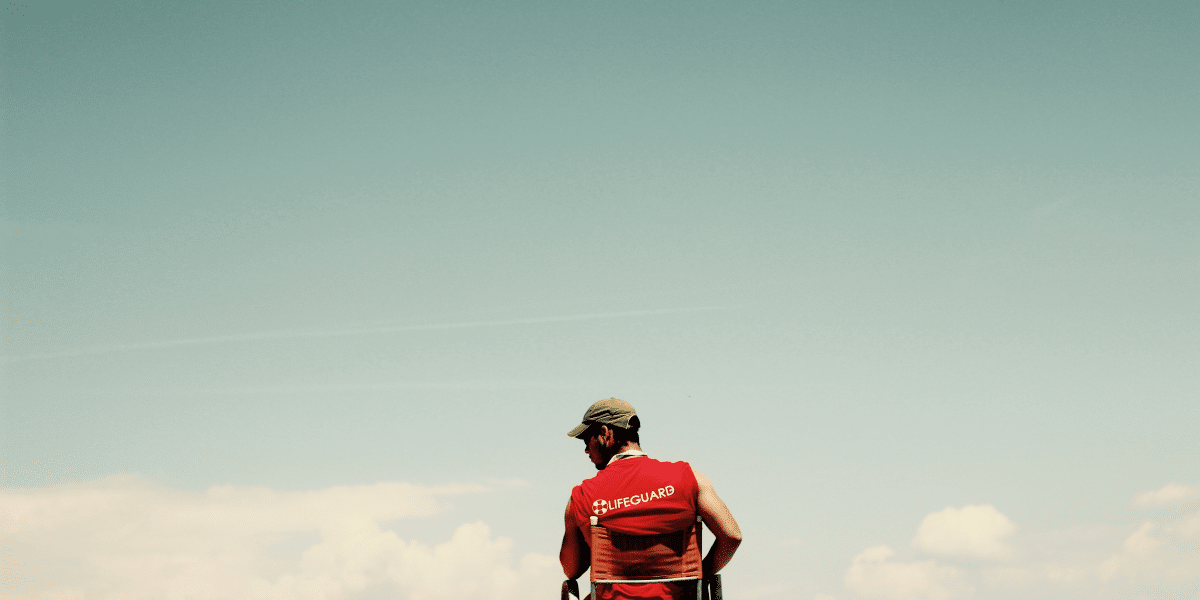Lifeguard training is a crucial part of physicality, focusing on honing specific skills and capacities that are fundamental for safeguarding lives in aquatic conditions. In California, training to become a lifeguard is a thorough cycle that gets ready individuals for the demanding responsibilities of overseeing swimming regions.
This article investigates the significance of lifeguard training in California, delving into the training system and its role in fostering physicality.
The Lifeguard’s Role
Lifeguards are unsung legends, frequently working quietly behind the scenes to guarantee the safety of swimmers and beachgoers. Their role is multifaceted, requiring a mix of physical ability, smartness, and the capacity to respond swiftly in high-pressure circumstances. They act as the first line of guard, prepared to answer emergencies ranging from drowning incidents to injuries.
Physical Fitness and Stamina
Lifeguarding requests top physical fitness and stamina. A lifeguard’s capacity to swim swiftly and really is principal. Training to become a lifeguard underlines swimming capability, refining techniques to explore the water easily. Strength and perseverance are developed through standard workouts and drills, enabling lifeguards to perform protects and provide support for expanded periods.
Swim Techniques
Lifeguard classes close to me offer thorough training in different swimming techniques. These include the front slither, backstroke, breaststroke, and sidestroke. Capability in these techniques permits lifeguards to rapidly arrive at troubled swimmers. Treading water and performing salvages productively are principal skills bestowed during lifeguard certification.
First Aid and CPR
Training to become a lifeguard goes past swimming skills. Lifeguards should likewise be capable in first aid and cardiopulmonary revival (CPR). They learn to survey injuries and administer essential clinical consideration until professional assistance shows up. CPR training outfits them with the information and skills to restore individuals in cardiovascular pain, possibly saving lives.
A Sharp Eye for Observation
Lifeguards are answerable for careful reconnaissance of the swimming region. Their capacity to recognize potential risks is crucial. Training underscores the importance of scanning the water, recognizing bothered swimmers, and identifying hazards like tear flows or lowered hindrances. This consistent watchfulness forestalls mishaps before they happen.
Successful Correspondence
Successful correspondence is foremost in lifeguarding. Lifeguards should pass instructions plainly on to swimmers, enforce safety rules, and coordinate with their kindred lifeguards. Training levels up their correspondence abilities, ensuring that messages are passed on swiftly and precisely, particularly during tumultuous minutes.
Teamwork and Cooperation
Lifeguarding is seldom a performance try. Lifeguards work collectively, relying on each other to successfully deal with emergencies. Training instills a feeling of fellowship and participation among lifeguards. They practice synchronized salvage techniques and learn to help each other in challenging circumstances.
Mental Versatility
Lifeguarding frequently involves high-stress circumstances. Lifeguards should remain completely relaxed, even despite emergencies. Training to become a lifeguard includes situations that reproduce genuine emergencies, helping up-and-comers foster mental strength and the capacity to make fast, trustworthy choices under tension.
Flexibility to Natural Elements
California’s different coastline presents different natural difficulties. Training to become a lifeguard furnishes individuals with the skills to adjust to changing circumstances. From solid flows to unexpected weather conditions changes, lifeguards are trained to explore and answer natural factors that can influence safety.
Continuous Training
Lifeguard training doesn’t end with certification. Lifeguards go through ordinary updates and supplemental classes to remain current with the most recent techniques and safety conventions. Continuous instruction guarantees that lifeguards remain in their prime and can adjust to evolving best practices.
The Physicality of Lifeguarding
Lifeguarding is obviously a sport in its own right. Lifeguards are competitors who maintain top physical condition to really play out their obligations. They combine strength, speed, and perseverance in a demanding climate. Lifeguard courses perceive this physicality as they get ready individuals for the difficulties of the job.
Physical Conditioning
Training to become a lifeguard requires thorough physical conditioning. Lifeguards participate in regular exercise schedules that include cardiovascular activities, strength training, and perseverance building exercises. These workouts are intended to guarantee that lifeguards can swim swiftly to arrive at troubled swimmers and transport them to safety.
Attempt to beat the clock
In emergencies, lifeguards attempt to beat the clock. Their athletic capacities are scrutinized as they endeavor to arrive at swimmers in trouble before it’s past the point of no return. Consistently counts, and lifeguards should be at their physical top to have an effect.
Swift Salvages
The capacity to execute swift and effective salvages is a sign of lifeguard physicality. Lifeguards are trained to move toward troubled swimmers rapidly, secure them using different salvage techniques, and transport them to safety. These activities require a combination of solidarity, readiness, and exact execution.
Perseverance in the Water
Perseverance is a crucial part of lifeguard physicality. Lifeguards should have the option to stay afloat for broadened periods, swim significant distances, and provide backing to different swimmers if required. This degree of perseverance is accomplished through committed training and conditioning.
Mental Durability
Physicality reaches out past physical ability; it includes mental durability. Lifeguards face challenging circumstances that request strength, concentration, and fast direction. Their capacity to remain formed and act unequivocally is a demonstration of their psychological physicality.
Coordinated Collaboration
Lifeguarding is a group activity. Lifeguards work together consistently to deal with emergencies. Their capacity to coordinate and execute synchronized salvage endeavors grandstands their teamwork and athletic synchronization.
Emergency Reaction
Lifeguards’ athletic capacities shine when responding to emergencies. Whether it’s performing CPR, administering first aid, or rescuing numerous swimmers in trouble, lifeguards show their athletic ability in each life-saving move they make.
The American Lifeguard Association
In California, lifeguard training is frequently worked with by organizations like the American Lifeguard Association (ALA). The ALA plays a vital role in standardizing training to become a lifeguard and lifeguard certification processes, ensuring that lifeguards across the state fulfill thorough guidelines of physicality and skill.
Final Word
In conclusion, lifeguard training is an integral piece of physicality. It levels up the physical skills of lifeguards as well as hones their smartness, teamwork, and flexibility. Lifeguards are the unsung competitors who safeguard lives in aquatic conditions, and their training furnishes them with the skills and mindset important to succeed in this demanding role.
The American Lifeguard Association continues to play a crucial role in upholding these standards of physicality, ensuring that California’s lifeguards are among the best on the planet.
Published by: Nelly Chavez








